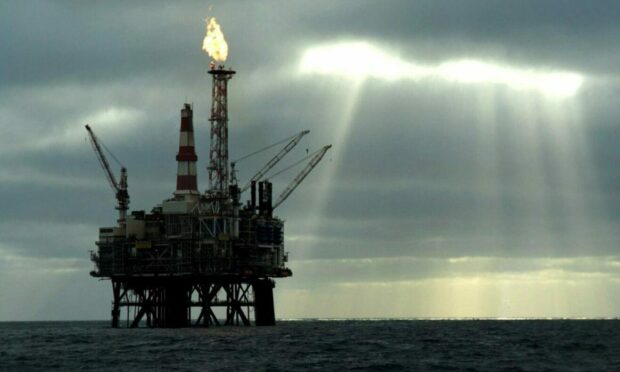Two energy giants have relinquished their stakes in a major North Sea oil field due to the windfall tax.
Equinor and Harbour Energy have exited their stakes in the Bressay oilfield as a result of having to pay extra costs required under the UK government’s energy profits levy (EPL).
EnQuest revealed the move in its full-year 2022 results today, confirming it now has a 100% stake in the development.
“In response to adverse changes to the EPL, several operators have begun to reconsider their capital programmes in the UK,” EnQuest said.
“In late 2022, EnQuest increased its equity interest in Bressay to 100%, following the withdrawal of Equinor and Harbour Energy.”
North Sea operators slashing spending
Harbour Energy previously held an 18.3% interest in the field, while Equinor held 40%, having sold another 40% share to EnQuest in 2020.
It comes as more than 90% of North Sea operators have slashed spending due to the windfall tax imposed on the industry last year.
The 35% levy takes the headline rate of tax on the industry to 75%.
Bressay, a highly complicated development with around a billion barrels in place, has been shelved since Equinor acquired it in 2007.
Analyst Wood Mackenzie has previously estimated 200 million barrels could be recovered from Bressay, but it is said to be even more complex than Equinor’s Mariner project, 30 miles north-east, which came online in 2019 after a £6.4 billion investment.
It was thought the involvement of Equinor could speed up Bressay’s development thanks to its experience at Mariner.
Windfall tax to blame
Last year, EnQuest said it was progressing “various options” on the field, including a tie-back to the Kraken FPSO or a potential development using the EnQuest Producer FPSO, currently laid up in the Cromarty Firth.
Chief financial officer Jonathan Swinney said there is “tremendous value” in Bressay, even if oil was at $55.
EnQuest blamed the UK Government windfall tax for driving it to a loss in its 2022 financial results and leaving its Kraken field “to natural decline”.
The North Sea operator, which posted after-tax profits of $377 million in 2021, reported a post-tax loss of $41.2 million in 2022.
That was “primarily driven” by recognition of a $178.3 million tax liability associated with the levy.











Conversation